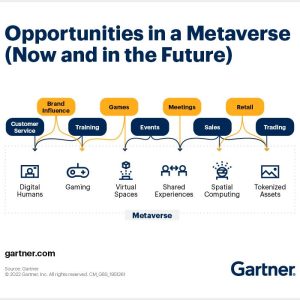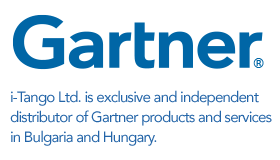In the sharing economy, your customers can quickly become your competitors.
Contributor: Christy Pettey
Consider this scenario: An organization experiencing significant business growth needs IT resources to support its expansion. It is considering whether to purchase new servers and storage equipment, or expand its existing data center.
The traditional approach would be to purchase the equipment outright from an original equipment manufacturer (OEM), or via a utility, consumption model from cloud providers, managed cloud providers, or channel partners. But what if that same company were to find an existing organization with excess technology capacity which is willing to “share” its IT infrastructure with other companies?
The blurring between providers and customers
In the sharing economy, the line between providers and customers becomes blurred, as IT organizations with excess capacity and new digital capabilities seek to create new revenue streams, potentially altering the IT vendor landscape with more competitive offers.
Monetization of excess IT capacity via sharing models is not some distant-future phenomenon. There are already IT providers that are developing business models around the sharing economy, leveraging consumer PCs (idle CPUs, unused storage), network bandwidth and even excess cloud computing resources.
Existing go-to-market strategies will not necessarily work in the sharing economy model, requiring strategic planners to develop new competitive and partnership models.
During his session at the Gartner Tech Growth & Innovation Conference 2016this week in Los Angeles, Federico De Silva, research director at Gartner, said there is an irreversible and growing trend away from outright IT ownership in favor of “access” when needed.
“Organizations continue their move away from owned IT in favor of accessing IT services, especially in infrastructure and software,” said Mr. De Silva. “This leaves providers scrambling to ease the blow to their traditional business as they compete with cloud business models on the one hand, and seek new customers and market segments to maintain profitability and stay relevant on the other.”
Maximizing assets in a shared economy
Existing go-to-market strategies will not necessarily work in the sharing economy model, requiring strategic planners to develop new competitive and partnership models. The sharing economy is fundamentally about maximizing the utilization of (unused or underused) existing assets, allowing organizations (and users) to share capacity.
To do so, a platform that connects sellers (the “sharing” organization) and buyers is required, similar to what the Airbnb and Uber applications do for home and vehicle owners willing to rent their assets to users. For IT assets, this can be accomplished through system integrators (SIs), cloud service brokers (CSBs) and other intermediaries utilizing powerful software platforms that connect assets, services and market participants.
“For the sharing economy, many of the required components of the peer-to-peer (P2P) model already exist in IT,” said Mr. De Silva. “At the heart of this ecosystem are third party providers – the “Airbnbs of IT”. They not only match supply with demand (creating marketplaces), but also execute the transactions and establish visibility of the sharing experience, as well as report the impact for the customer as the enabling party.”
Strategic planners need to identify products, services and software platforms that can be provided to the various parts of the ecosystem, from existing customers to partners, which allow the IT provider to remain a relevant participant in the sharing economy value chain.
To read more articles like this Sign up for our complimentary newsletter.
Video replays from Gartner Tech Growth & Innovation Conference 2016 will be available on Gartner Events On Demand. Follow news and updates from the Conference on Twitter at #GartnerTGI.
Gartner clients can learn more in the report “The Sharing Economy Can Turn Your Customers Into Your Competitors.”
For more visit Smarter With Gartner website.






